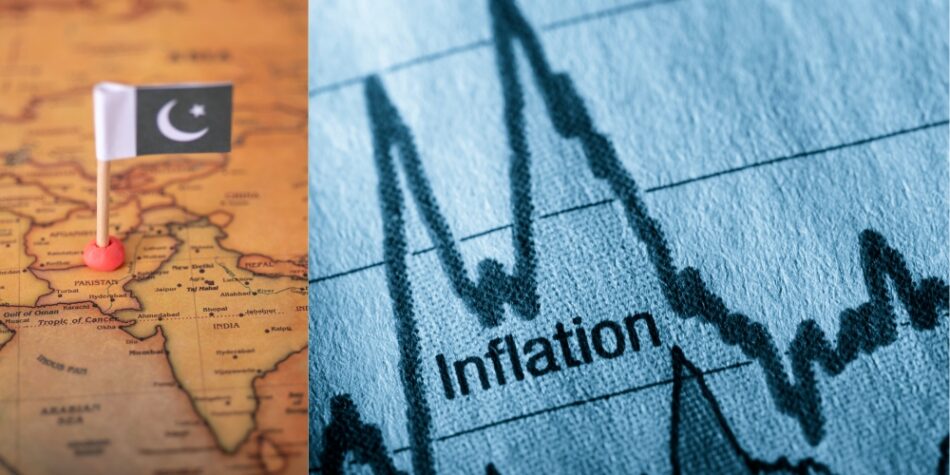The State Bank of Pakistan (SBP) announced on Monday a 250-basis-point reduction in its policy rate, bringing it down to 15%, effective November 5.
This decision was influenced by a slowdown in inflation, which is now approaching the central bank’s medium-term target as of October, alongside positive economic indicators.
The Monetary Policy Committee (MPC) highlighted a decrease in inflationary pressures, helped by stable food prices, favorable global oil trends, and limited domestic tariff adjustments.
Although some fluctuations in inflation are still anticipated, the MPC expects stabilization within a 5–7% target range in the short term.
The SBP also pointed to other recent developments, such as the International Monetary Fund’s (IMF) approval of Pakistan’s Extended Fund Facility, which has improved economic confidence and attracted expected external inflows.
Additional factors supporting the MPC’s decision include enhanced investor sentiment and lower government yields.
Positive trends were also noted in Pakistan’s real sector, with growth seen in industries like textiles, food, and automobiles.
The agricultural sector’s unexpectedly strong Kharif crop has further boosted economic confidence. With inflation under control, the SBP projects real GDP growth for FY25 to be between 2.5% and 3.5%.
On the external side, the current account recorded a surplus for the second month in a row in September, driven by robust remittances and exports.
Despite rising imports, SBP’s foreign reserves reached $11.2 billion by late October, with additional increases anticipated in the coming months.
The SBP has revised its inflation forecast for FY25 to below the previous range of 11.5%–13.5%, reflecting lower core inflation and improved domestic supply.
However, it cautioned that risks, including Middle East tensions and potential fiscal adjustments, could pose challenges.








